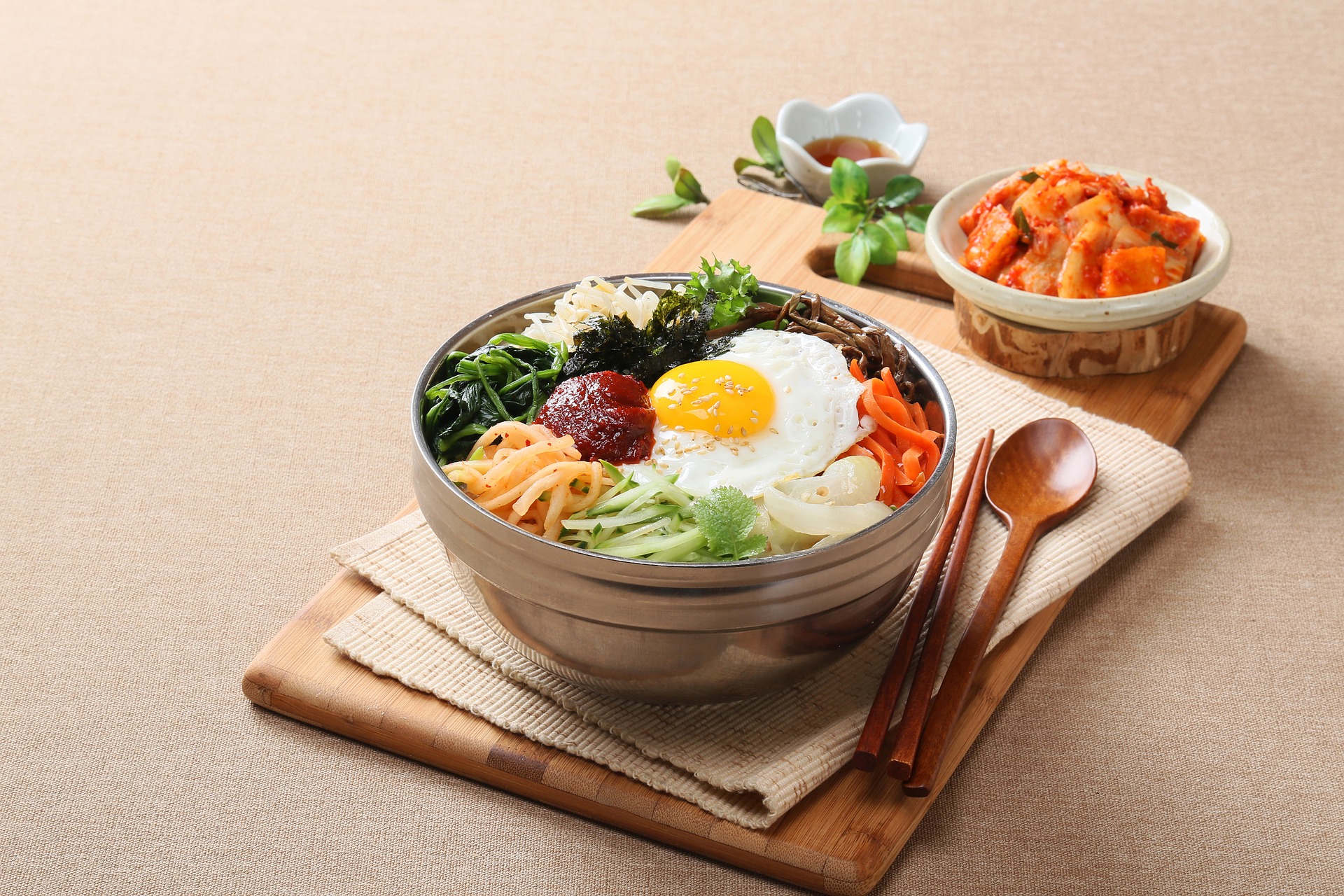From watching K-pop concerts, binge-buying K-beauty products to savoring samgyetang (ginseng chicken soup in Korean) and bibimbap (mixed rice in Korean), more and more Singaporeans are getting their Hallyu fix in Hallyu-land itself. According to the Korean Tourism Organization, the number of Singaporean tourists in South Korea has jumped 50 per cent from 2015 to 2016.
While most Singaporean travelers know their Korean dishes well, many are clueless about the country’s dining etiquette, which can be “interesting” and rather “complicated”, said Ms Tan Jou Teng, 23, a Singaporean who’s been living in Korea for the past 5 years.

To help bridge the knowledge gap, Ms Tan has offered The UrbanWire some important tips. Check out the list below so that when you’re in Korea, you can eat as the Koreans do.
- Where to sit
When in the company of elders, it is polite to sit down only after they have taken their seats. According to age or social ranking, the eldest or most senior person of the group will sit furthest from the door while the youngest or lowest ranked will sit closest to the door.
- Give thanks
Before every meal, especially when eating at someone’s house, it’s important to say Jal meokgesseumnida (‘I will eat well’ in Korean) to show your appreciation for the food. After the meal, you are expected to say jal meokkeoseumnida (‘I ate well’ in Korean) as thanks.
- When to eat
If there are elders present, wait for them to start eating before taking your first bite. Jou Teng said: “They believe that those who are older are much more respectable and experienced and that’s why they tend to place an importance on age (in Korean dining etiquette).”
- Eating speed
Try to eat at the same pace as everyone, especially the elders. It is considered highly disrespectful to finish your food before your elders.
- Lifting your bowl
While it is considered normal in many Asian countries such as China and Japan to lift your bowls while eating, it is a taboo in Korean culture. Koreans view the act as similar to beggars lifting their bowls to beg for food.
Besides the symbolism, Korean bowls are traditionally made of ceramic with heavy and thick bases, making it impractical to lift the bowl when eating.
- Utensils Etiquette
While it’s common for Singaporeans to use their utensils with both hands concurrently, this habit is frowned upon in Korea. Koreans typically only use one utensil at a time with their right hand; the other hand remains passive and is only used when accepting drinks or passing things.
- What to drink
Aside from letting elders be the first one to take their seat, it is courtesy to let the eldest or the most senior person in the room take the seat that’s the furthest away from the door. How senior you are in rank determines on how far away from the door your seat is. Subsequently, the youngest person in the group should not only be the person sitting closest to the door, but he/she should also be the last to take his/her seat.In the occasion where the youngest person is the first to arrive at the dinner table, he/she is allowed to take his/her seat first. However, he/she must stand up whenever someone of a more senior rank arrives and show them towards the inside of the room (but not a particular seat) as a form of courtesy.Unlike Singapore, it’s considered unusual for Koreans to have anything besides water with their meal. Considered a “dessert” in Korean cuisine, drinks are usually consumed in cafés.
At company dinners, soju (traditional Korean distilled rice wine) is served. The youngest member at the table pours the first shot for the superior and is expected to take the next shot using the same glass. The company dinner begins after the first round of drinks.
- Leaving food behind
Ever watched a Korean drama and wondered why Koreans open their mouths so wide when they eat?
It’s so that they can finish all the food that’s on their spoon. In Korean culture, it’s important to finish everything inside your bowl and your spoon; doing otherwise will seem rude.
Now that you know more about Korean dining etiquette, head out with your chingus (friends in Korean) and impress them with your knowledge!
